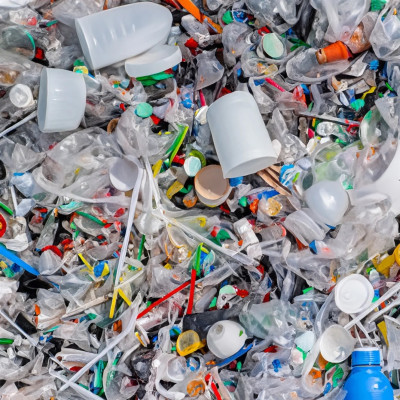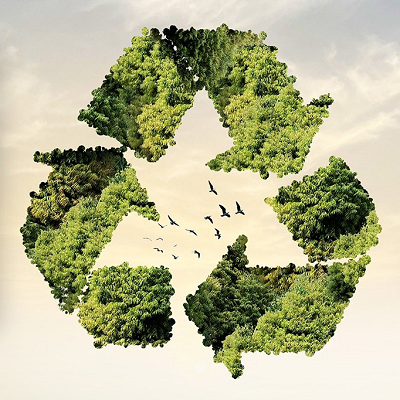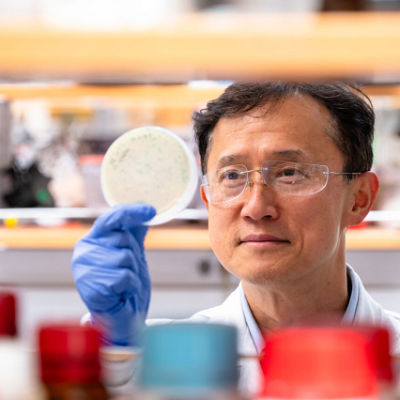The development of new materials is an important task of modern science, since such materials can reduce harmful emissions into the biosphere and reduce environmental pollution. The process of developing new materials is complex and labor-intensive, as it includes several stages, each of which takes a lot of time and may not always lead to the desired result. So, chemists must first synthesize the material, then study its properties and then conduct testing to understand whether the developed material will cope with a specific task. It is possible to simplify and accelerate the development of new materials if, in advance, even before the synthesis of a substance, it is possible to understand which material, in terms of its properties, will be most effective for solving a particular problem.
The study was published in the scientific journal Applied Surface Science, covering the properties of surfaces and nanostructures, as well as their applications.
Scientists at St. Petersburg State University have developed a model for predicting the photocatalytic properties of zinc oxide nanolists, which opens up broad prospects for the development of nanomaterials with specified properties that can be used, for example, for wastewater treatment from dyes.
As a photocatalyst, that is, a material capable of decomposing organic dyes under the influence of light, the researchers of St. Petersburg State University used zinc oxide nanolists — this material is non-toxic and available for production. Nanoscale particles have an incomparably larger surface area compared to the usual "bar" of any material, so the decomposition of the dye occurs faster and more efficiently. It is the transition to the nanoscale that opens up the unique properties of many substances, including due to structural defects.
"Imagine an assembled Rubik's cube with correctly arranged colors. And now imagine that not only are the colors mixed up in it, but some details are also missing. It would seem that it could be worse, but paradoxical as it sounds — it is these "imperfections" that explain many interesting properties of semiconductor nanomaterials, including allowing the use of zinc oxide nanolists to solve environmental problems," said Dmitry Tkachenko, one of the authors of the study, a research assistant at the Department of General and Inorganic Chemistry of St. Petersburg State University.
The work consisted of three stages: obtaining zinc oxide nanolists and describing their properties, considering the process of decomposition of the dye at the molecular level and developing a model to predict the effectiveness of the photocatalyst. At the moment, it is not completely clear how it is possible to regulate and determine the number of defects (mixed up and missing colors in a Rubik's cube) in nanoobjects. However, as noted by Olga Osmolovskaya, head of the group for the synthesis and research of nanoparticles and nanostructured materials, Associate Professor of the Department of General and Inorganic Chemistry of St. Petersburg State University, during the work it was possible not only to find a way to regulate the number of such defects in nanolists, but also to apply an original approach to their determination. As a result, chemists of St. Petersburg State University were able to obtain a set of parameters describing the structure and properties of zinc oxide nanolists.
"Consideration of phenomena and processes in chemistry is often associated with conducting an experiment in laboratory conditions, which requires a certain level of equipment and skills. We suggest using computer modeling, which not only does not require special and expensive equipment, but also has much greater capabilities and flexibility," explained the author of the computational part of the study, Associate professor of the Department of Physical Chemistry of St. Petersburg State University Mikhail Voznesensky.
As a result, from the entire set of parameters, scientists were able to select those that have the greatest impact on the activity of the photocatalyst. "As a result, we have developed a unique model for predicting the efficiency of the decomposition of dyes in the presence of zinc oxide nanolists. With its help, any scientist, without conducting an experiment, will be able to find out how effective a photocatalyst with certain parameters will be. This, in turn, opens up completely new opportunities in the development of nanomaterials with specified properties," explained Dmitry Kirsanov, the author of the chemometric part of the study, Professor of the Department of Analytical Chemistry at St. Petersburg State University.
The interdisciplinary research, combining the methods of inorganic, computational, analytical chemistry and materials science, was carried out on the equipment of the St. Petersburg State University Scientific Park — resource centers "X-ray Diffraction research methods", "Innovative technologies of composite nanomaterials", "Interdisciplinary Resource Center in the direction of "Nanotechnology", "Methods of substance composition analysis", "Computing Center", "Optical and laser research methods" and "Physical methods of surface research".
Read the original article on AK&M Information Agency.







